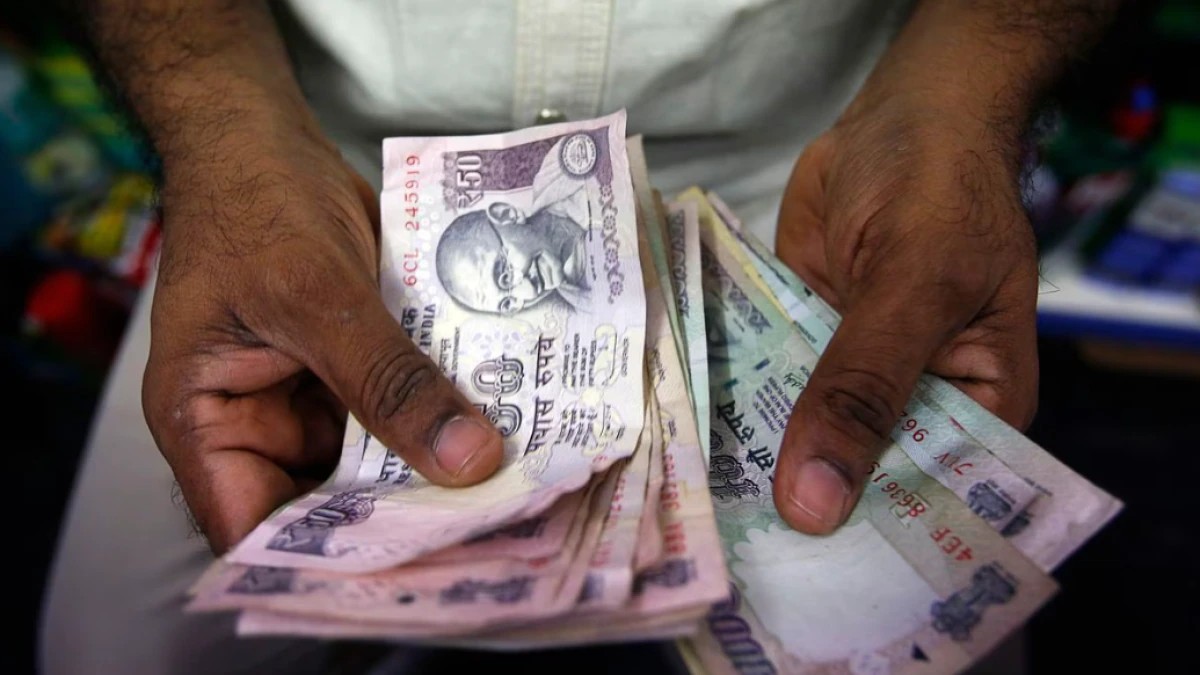[ad_1]
Over the past three decades, the five large southern states—Karnataka, Andhra Pradesh, Telangana, Kerala and Tamil Nadu—have experienced significant economic growth, thanks to India’s liberalization reforms. Although they started with a per capita income below the national average in 1991, these states now account for about 30% of India’s GDP as of March 2024. However, according to a report from the Prime Minister’s Economic Advisory Council (PMEAC), not all of them rank among the richest in the country by per capita income.
Top Five Richest States by Per Capita Income (2024)
While Maharashtra remains India’s top GDP contributor, its share has declined to 13.3% from over 15% in the early 2000s. The state’s per capita income, however, has risen to 150.7% of the national average, showing steady growth. Despite this, Maharashtra does not rank among the top five richest states in terms of per capita income.
In contrast, states like Haryana and Delhi lead the pack. Haryana has seen its per capita income grow to an impressive 176.8%, much of this rise occurring since the turn of the century. Punjab, once buoyed by the Green Revolution, saw its per capita income peak at 169% of the national average by 1971 but since 1991, the state’s growth has stagnated, now sitting at 106%, still above the national average but not nearly as competitive as it once was.
Delhi, the national capital, continues to maintain one of the highest per capita incomes in the country, thanks to its urbanization and service sector growth.
The Struggles of Uttar Pradesh, Bihar and West Bengal
Uttar Pradesh and Bihar, two of India’s most populous states, have seen their contributions to India’s GDP shrink over time. Uttar Pradesh’s share dropped from 14% in 1960-61 to 9.5% and Bihar, despite being the third most populous state, contributes only 4.3% of India’s GDP. These states, among the poorest in India, have struggled to keep pace with the economic development seen elsewhere.
West Bengal presents a particularly curious case. Once a leading economic contributor, responsible for 10.5% of the national GDP in 1960-61, its share has now dwindled to just 5.6%. The state’s per capita income, which was once 127.5% of the national average, has now fallen to 83.7%. This decline has raised concerns about the state’s economic policies and factors leading to its underperformance, especially given its maritime advantages.
The report highlights a stark contrast between Punjab and Haryana. While Punjab’s economy has stagnated since 2000, with its per capita income growth slowing, Haryana has surged ahead. Once lagging behind Punjab, Haryana’s economic rise has been notable. It has been driven by industrialization and the expansion of the service sector.
Odisha, once considered a lagging state, has shown significant improvement in recent years. Shedding its reputation as a slow grower, the state has made strides in its economic performance, outpacing other historically underdeveloped regions.
India’s economic landscape has changed significantly since the 1960s. Southern states have emerged as major players in the national economy, while states like Uttar Pradesh, Bihar and West Bengal have seen their contributions diminish. States like Haryana and Delhi have surged ahead, while Punjab’s once-prominent position has waned. The report calls for further investigation into the economic policies that have contributed to these divergent trends, particularly in states like West Bengal and Punjab.
[ad_2]

